Test Drive Impression of the 992.2 Porsche 911 Carrera T – A Thorough Comparison with the Previous Model
公開日:
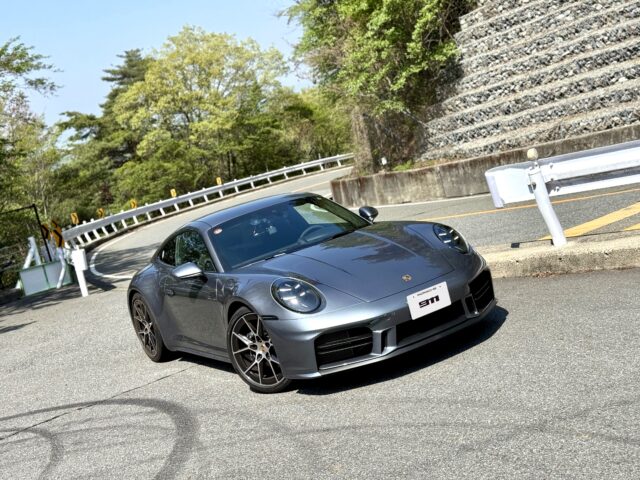
コンテンツ
Evolved Carrera T – Changes in Exterior and Interior
I had the opportunity to test drive the 992.2 Porsche 911 Carrera T, the later model of the 992 series. Since I also drove the earlier 992.1 Carrera T, I can share my impressions while comparing the two.
Starting with the exterior, at first glance, there’s hardly any difference between the earlier and later models. Even as someone well-versed in Porsche, it’s difficult to tell them apart when passing by. Upon closer inspection, there are subtle changes to the shape of the lower bumper and the rear design, but these are minor details that require careful observation to notice.
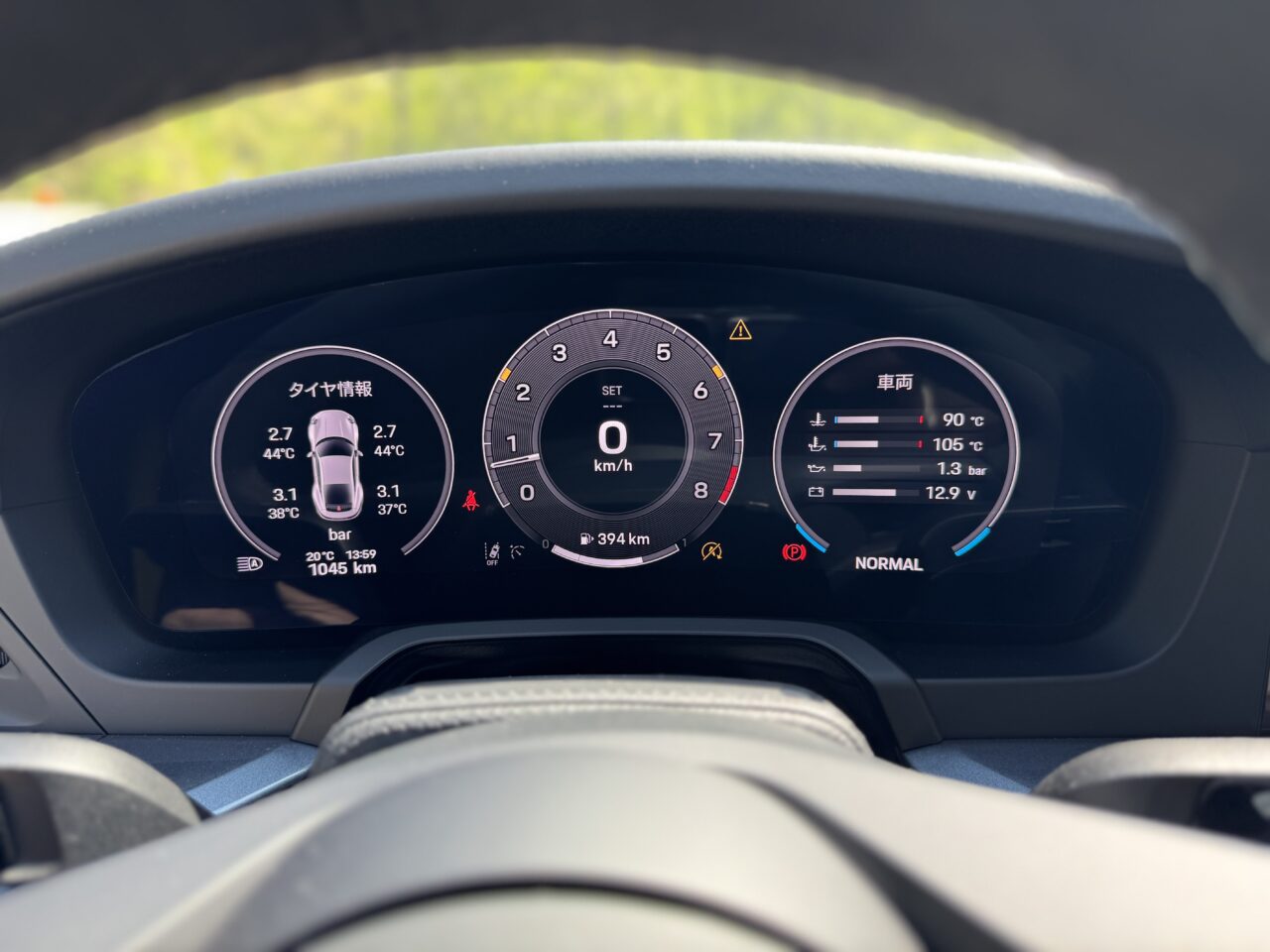
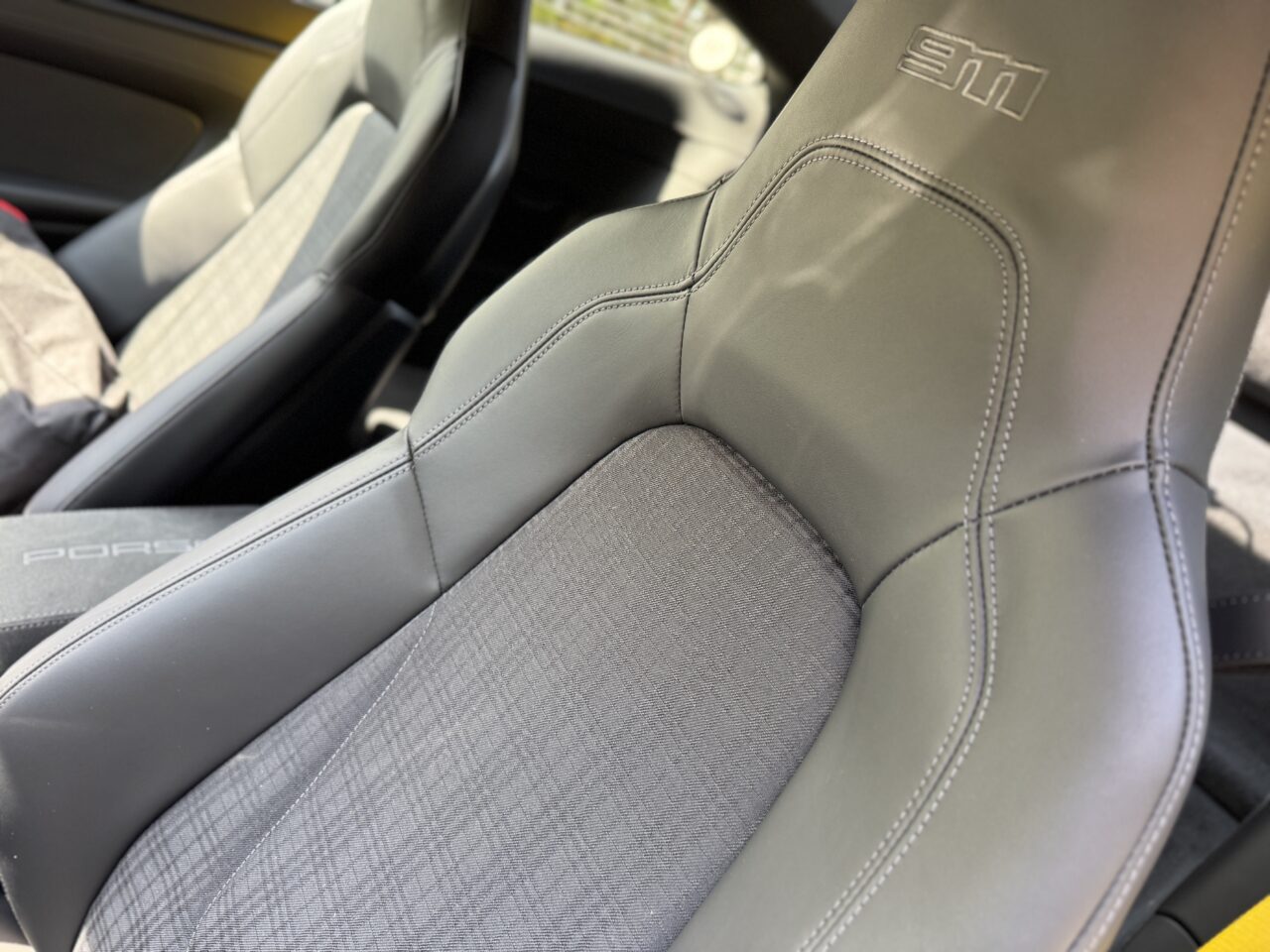
The most eye-catching change inside is the fully digital instrument panel. Personally, I prefer analog gauges, but the digital display is cleanly designed and offers excellent visibility. The signature shift knob of the Carrera T is now made of wood in this model. Compared to the earlier version, the shifting feel is slightly heavier and firmer. While the previous model felt “snappy and light,” the later one offers a more substantial and solid tactile feedback.
Another notable update is the manual transmission changing from 7-speed to 6-speed. This reduces the chance of the common mistake in the earlier model where you might accidentally shift from 7th to 3rd instead of 5th. The clutch pedal feel remains almost unchanged, with differences more dependent on individual cars than model updates.
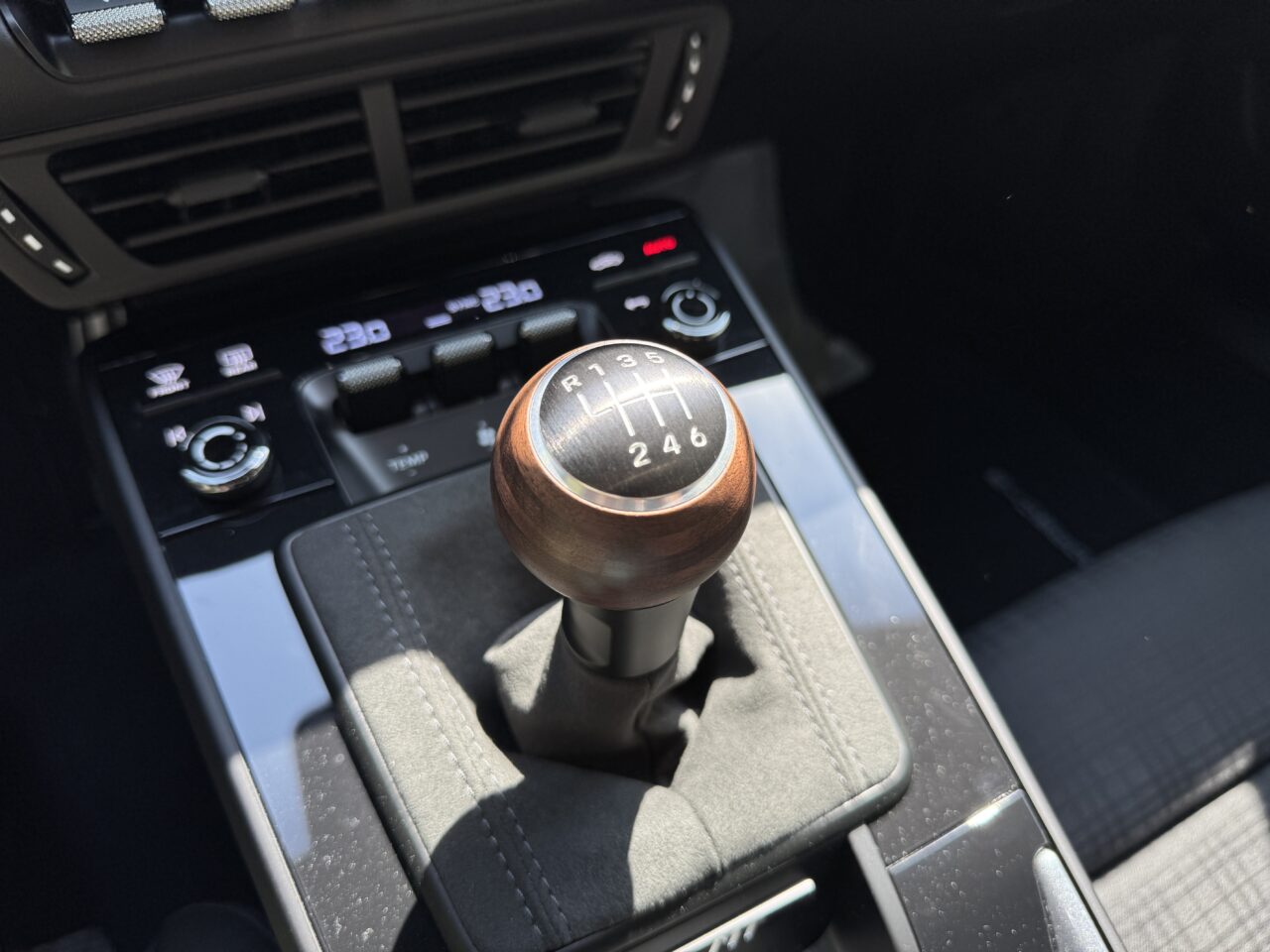
Driving Impressions – Subtle Differences from the Previous Model
Once on the road, my initial impression was that it felt very similar to the earlier model. The acceleration through 1st, 2nd, and 3rd gears felt so familiar that I thought, “This is basically the same.” However, after switching back to the earlier model, the differences gradually became clearer.
First, the engine characteristics have changed.
The later model delivers stronger torque across a wider rev range, especially at low RPMs. While the earlier model had a naturally aspirated-like revving character, the newer one offers more torque throughout the band. The horsepower has increased from 385 to 394, but the difference feels even more significant. It’s like the engine displacement has increased by about 10% in a naturally aspirated engine. The torque during acceleration in 2nd and 3rd gears feels noticeably thicker, pushing the car forward with more authority.
At high revs, the difference isn’t as pronounced, but the later model still revs a bit more freely and feels a touch more aggressive. However, it doesn’t reach the revving character of the Carrera S and retains the base Carrera’s personality. Thanks to the 6-speed transmission and the torquier engine, it accelerates quickly without needing to rev high. If you want to enjoy high-rev driving, you’ll need to consciously keep it in lower gears, which the earlier model made easier.
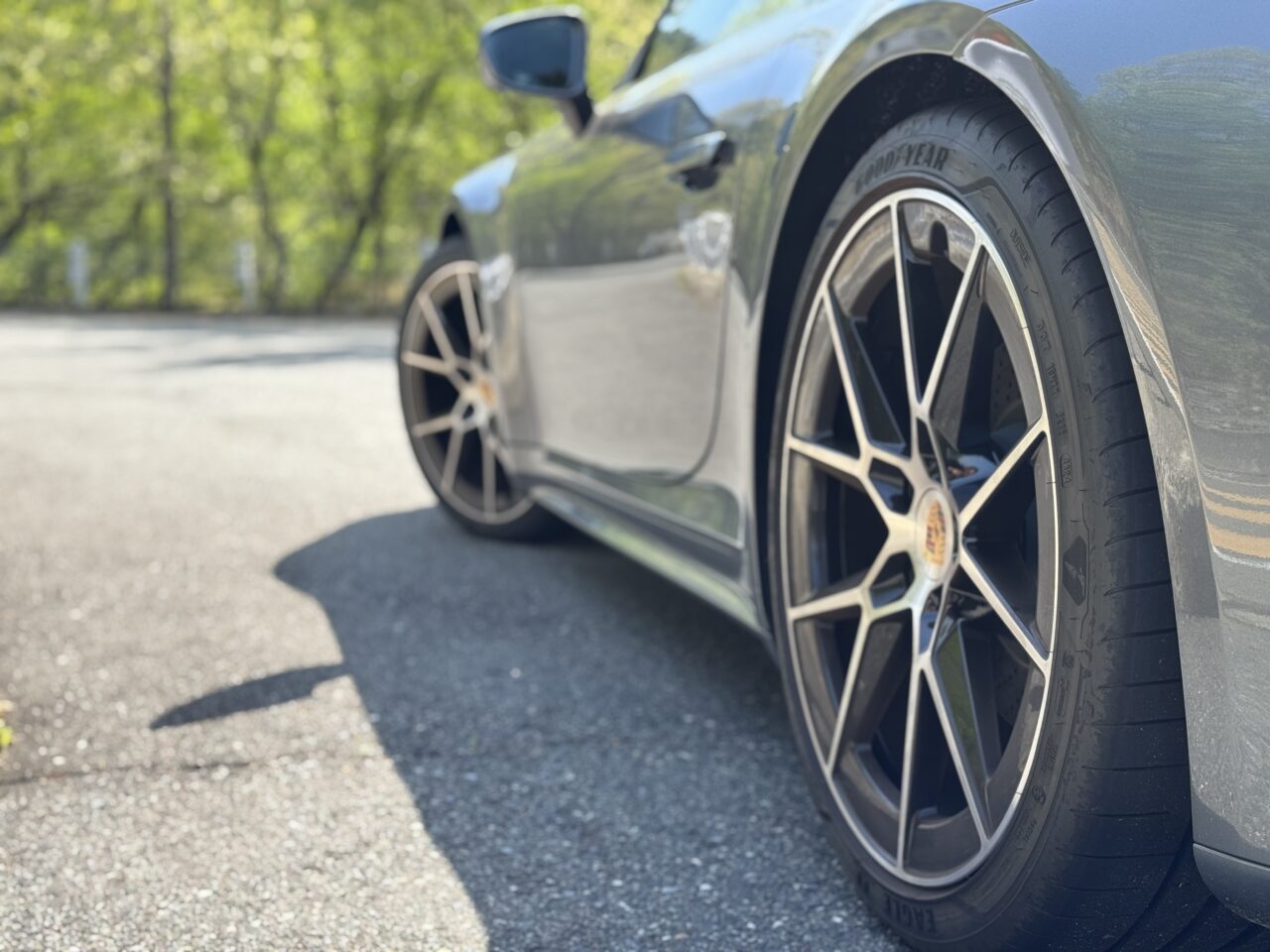
Chassis and Handling Improvements
The most noticeable evolution in the chassis is the improved ride comfort and stability. The earlier Carrera T had somewhat unstable straight-line stability at high speeds and tended to wander slightly. The ride was also a bit firm on Japanese highways, sometimes feeling bouncy.
The later model has made significant improvements in these areas. Straight-line stability is enhanced, and the suspension feels more supple. Even with the Sports PASM set to a firm setting, the ride quality felt very comfortable. Personally, I found the ride quality better than the standard Carrera of the later model.
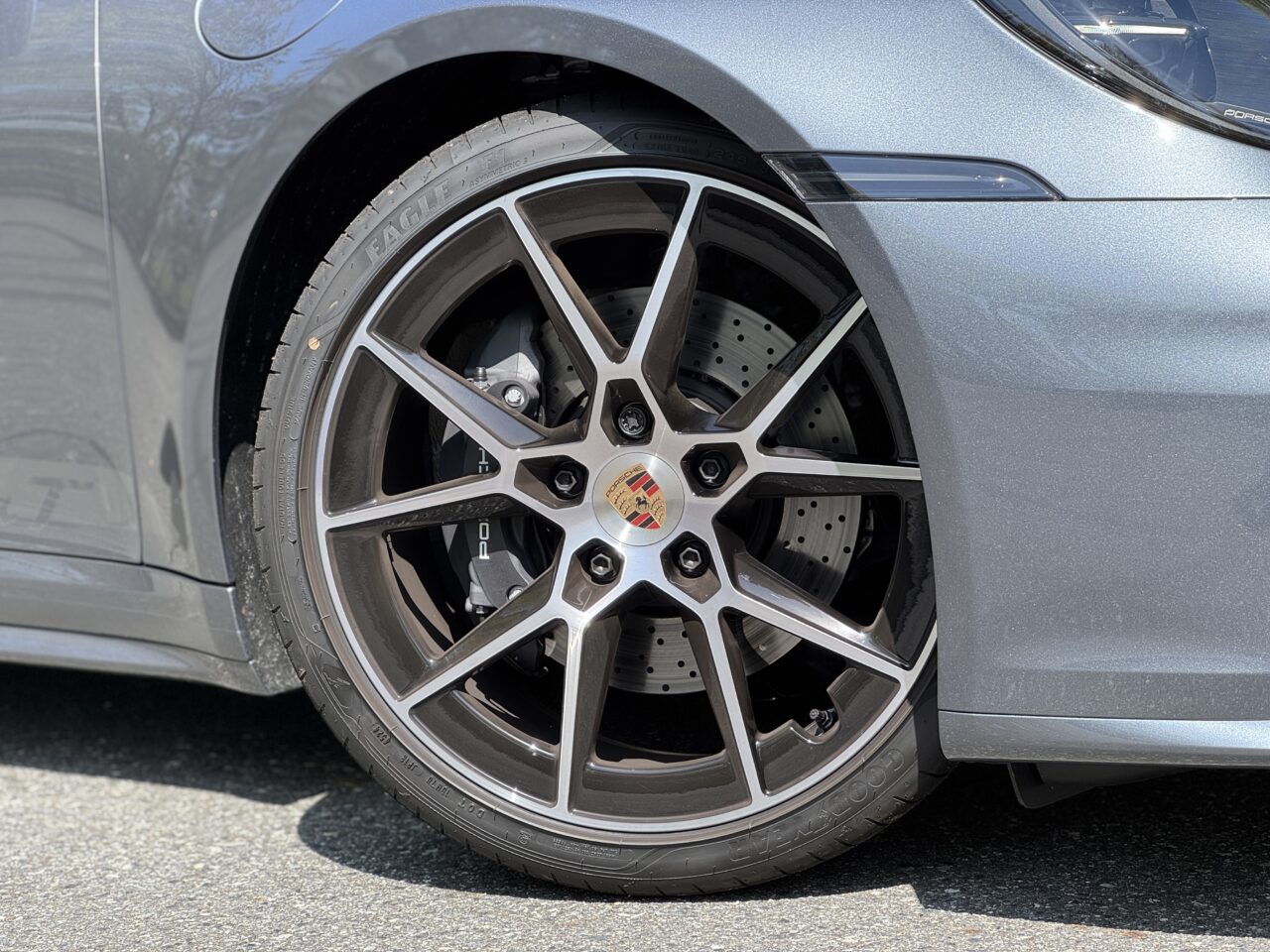
This flat ride quality is remarkable. Having switched from a Taycan Turbo GT to this Carrera T, I expected to feel the usual 911 body motions, but surprisingly, the Carrera T didn’t feel as unsettled. While not as smooth as the Taycan, the suspension absorbs bumps effectively, resulting in a firm yet very flat ride. This makes the car more usable as a GT-style vehicle than the earlier model.
On the other hand, the earlier model felt slightly more nimble and lighter. The later model is still agile and handles well, but the earlier one had a sharper, more precise handling character. However, this difference is subtle and mainly noticeable when comparing both models back-to-back. For first-time Carrera T drivers, both versions will feel very agile and fun to drive.
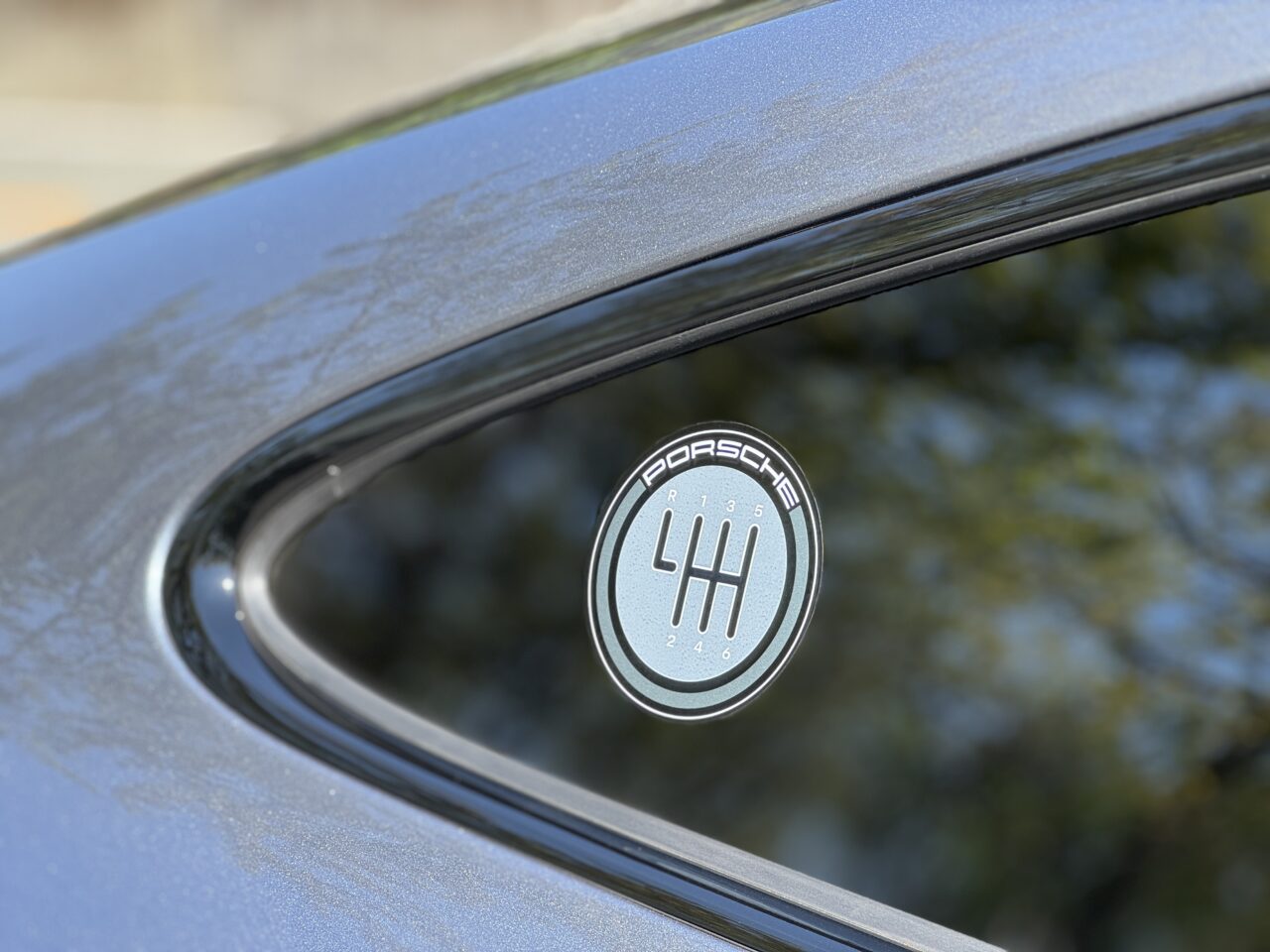
Sound and Overall Evaluation
Regarding engine sound, the later model still produces a robust startup noise, though it seems about 10% quieter compared to the earlier one. While driving, turning off the sports exhaust makes it relatively quiet, but turning it on delivers a bold and spirited sound. Unlike the base Carrera of the 992.2, the Carrera T retains the bubbling sound, enhancing the enjoyment of its exhaust note.
This test drive reaffirmed the depth of Porsche as a manufacturer. The Carrera and Carrera T share essentially the same engine and most parts, yet the engineering skill to differentiate and tune them so distinctly is astonishing. The Carrera T is clearly tuned as a “touring-focused 911,” and this is immediately apparent when driving. Meanwhile, the Carrera is designed to suit a wide range of uses.
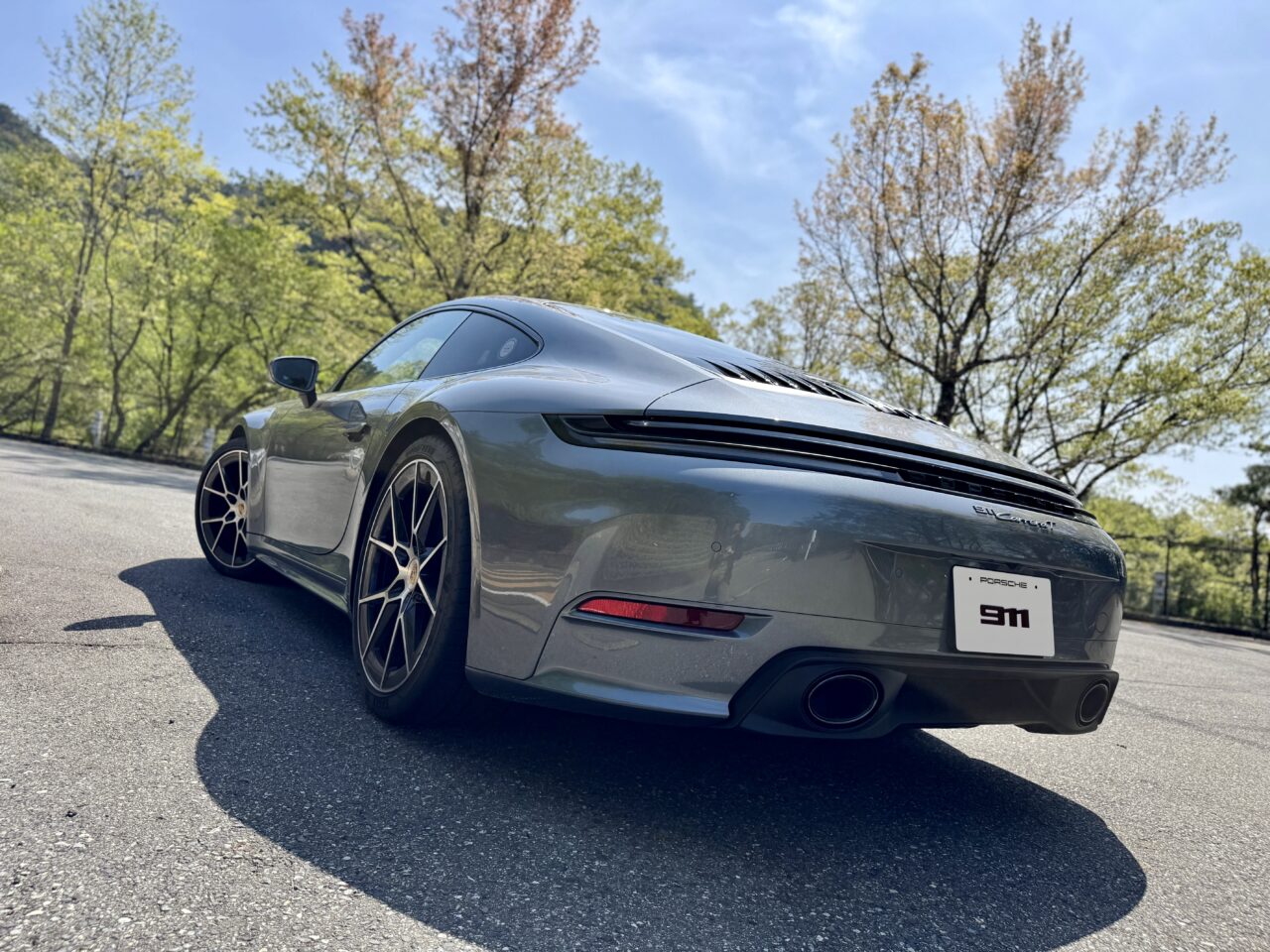
Porsche carefully differentiates each grade. T is T, GTS is GTS, S is S—each has a distinct personality. That’s why it’s important to choose a grade that matches your usage and preferences rather than for appearances or social status. Doing so will ensure your Porsche experience is truly enjoyable.
As for which Carrera T to choose between the earlier and later models, I can confidently say neither choice is a big mistake. The base Carrera’s earlier and later models have quite different concepts, so some may feel one isn’t right for them. But for the Carrera T, anyone seeking a nimble 911 will be satisfied with either version. The later model is an evolved form that faithfully carries the Carrera T concept while improving ride comfort and usability.
このブログが気に入ったらフォローしてね!


Comment ( 0 )
Trackbacks are closed.
No comments yet.